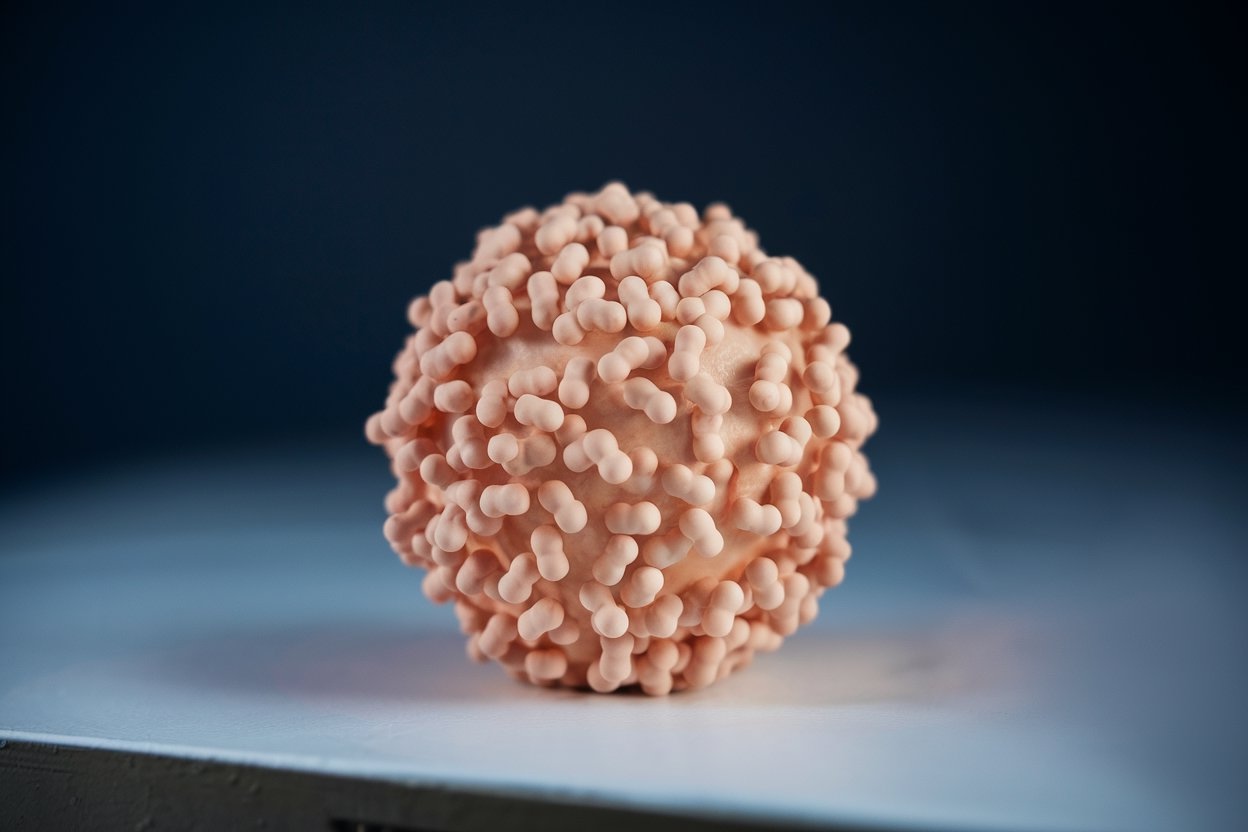
What are proteinoids? Proteinoids are complex molecules formed from amino acids, the building blocks of proteins. These molecules are fascinating because they can form spontaneously under certain conditions, mimicking early Earth’s prebiotic chemistry. Proteinoids are significant in the study of the origin of life, offering clues about how simple molecules could have evolved into complex life forms. They can form microspheres, which resemble primitive cell membranes, providing a model for how early cells might have developed. Understanding proteinoids helps scientists piece together the puzzle of life’s beginnings, making them a crucial topic in biochemistry and evolutionary biology.
Key Takeaways:
- Proteinoids, formed from amino acids when heated, could hold clues to the origin of life on Earth. They can mimic living cells and have potential modern applications in science and technology.
- Proteinoids have unique properties, such as forming stable structures and catalyzing chemical reactions. Despite challenges in research, they offer insights into early Earth and have applications in artificial cells and drug delivery.
What are Proteinoids?
Proteinoids are fascinating molecules that have intrigued scientists for decades. These complex structures are formed from amino acids, the building blocks of proteins. Let's dive into some intriguing facts about proteinoids.
-
Proteinoids are also known as thermal proteins because they form when amino acids are heated.
-
Sidney W. Fox, an American biochemist, discovered proteinoids in the 1950s.
-
Fox's experiments showed that proteinoids could form microspheres, which resemble primitive cell membranes.
-
Proteinoids are considered a potential clue to understanding the origin of life on Earth.
-
These molecules can self-assemble into structures that mimic living cells.
How are Proteinoids Formed?
The formation of proteinoids is a unique process that involves heating amino acids. This process can occur naturally or be replicated in a lab setting.
-
When amino acids are heated to around 140-180°C, they polymerize to form proteinoids.
-
The polymerization process involves the formation of peptide bonds between amino acids.
-
Proteinoids can form in volcanic environments where high temperatures are present.
-
In the lab, scientists use dry heating methods to create proteinoids.
-
The formation of proteinoids does not require the presence of water.
The Role of Proteinoids in Early Earth
Proteinoids might have played a crucial role in the early stages of life on Earth. Their ability to form cell-like structures makes them a subject of interest in origin-of-life studies.
-
Proteinoids can form microspheres that have properties similar to living cells.
-
These microspheres can grow, divide, and exhibit metabolic-like activities.
-
The formation of proteinoids could have occurred in prebiotic Earth conditions.
-
Proteinoid microspheres can encapsulate other molecules, creating a primitive form of compartmentalization.
-
Some scientists believe that proteinoids could have been a stepping stone to the development of true living cells.
Unique Properties of Proteinoids
Proteinoids possess several unique properties that make them stand out among other molecules. These properties contribute to their potential role in the origin of life.
-
Proteinoids can form stable structures in various environmental conditions.
-
They exhibit catalytic activities, which means they can speed up chemical reactions.
-
Proteinoids can form hydrophobic and hydrophilic regions, similar to modern proteins.
-
These molecules can interact with nucleic acids, such as DNA and RNA.
-
Proteinoids can form complex networks, resembling primitive metabolic pathways.
Modern Applications of Proteinoids
While proteinoids are primarily studied for their role in early Earth, they also have modern applications in science and technology.
-
Proteinoids are used in the study of artificial cells and synthetic biology.
-
They serve as models for understanding protein folding and stability.
-
Proteinoids are being explored for use in drug delivery systems.
-
These molecules can be used to create biodegradable materials.
-
Proteinoids have potential applications in nanotechnology and materials science.
Challenges in Proteinoid Research
Despite their potential, studying proteinoids comes with its own set of challenges. Researchers continue to work on overcoming these obstacles.
-
Replicating the exact conditions for proteinoid formation can be difficult.
-
Understanding the precise mechanisms of proteinoid self-assembly remains a challenge.
-
There is ongoing debate about the relevance of proteinoids to the origin of life.
-
Isolating pure proteinoids from complex mixtures can be challenging.
-
More research is needed to fully understand the potential applications of proteinoids in modern science.
The Final Word on Proteinoids
Proteinoids, those fascinating protein-like molecules, have sparked curiosity and debate among scientists for years. They form naturally under certain conditions, hinting at the possible origins of life. These molecules can self-assemble into microspheres, which resemble primitive cell structures. This characteristic makes them a key subject in studies about the early stages of life on Earth.
Understanding proteinoids helps us grasp how simple molecules might have evolved into complex life forms. They offer a glimpse into the chemical processes that could have led to the first living organisms. While there's still much to learn, proteinoids remain a crucial piece of the puzzle in the quest to understand life's beginnings.
So, next time you ponder the origins of life, remember the humble proteinoid. It might just hold the secrets to our ancient past.
Frequently Asked Questions
Was this page helpful?
Our commitment to delivering trustworthy and engaging content is at the heart of what we do. Each fact on our site is contributed by real users like you, bringing a wealth of diverse insights and information. To ensure the highest standards of accuracy and reliability, our dedicated editors meticulously review each submission. This process guarantees that the facts we share are not only fascinating but also credible. Trust in our commitment to quality and authenticity as you explore and learn with us.
